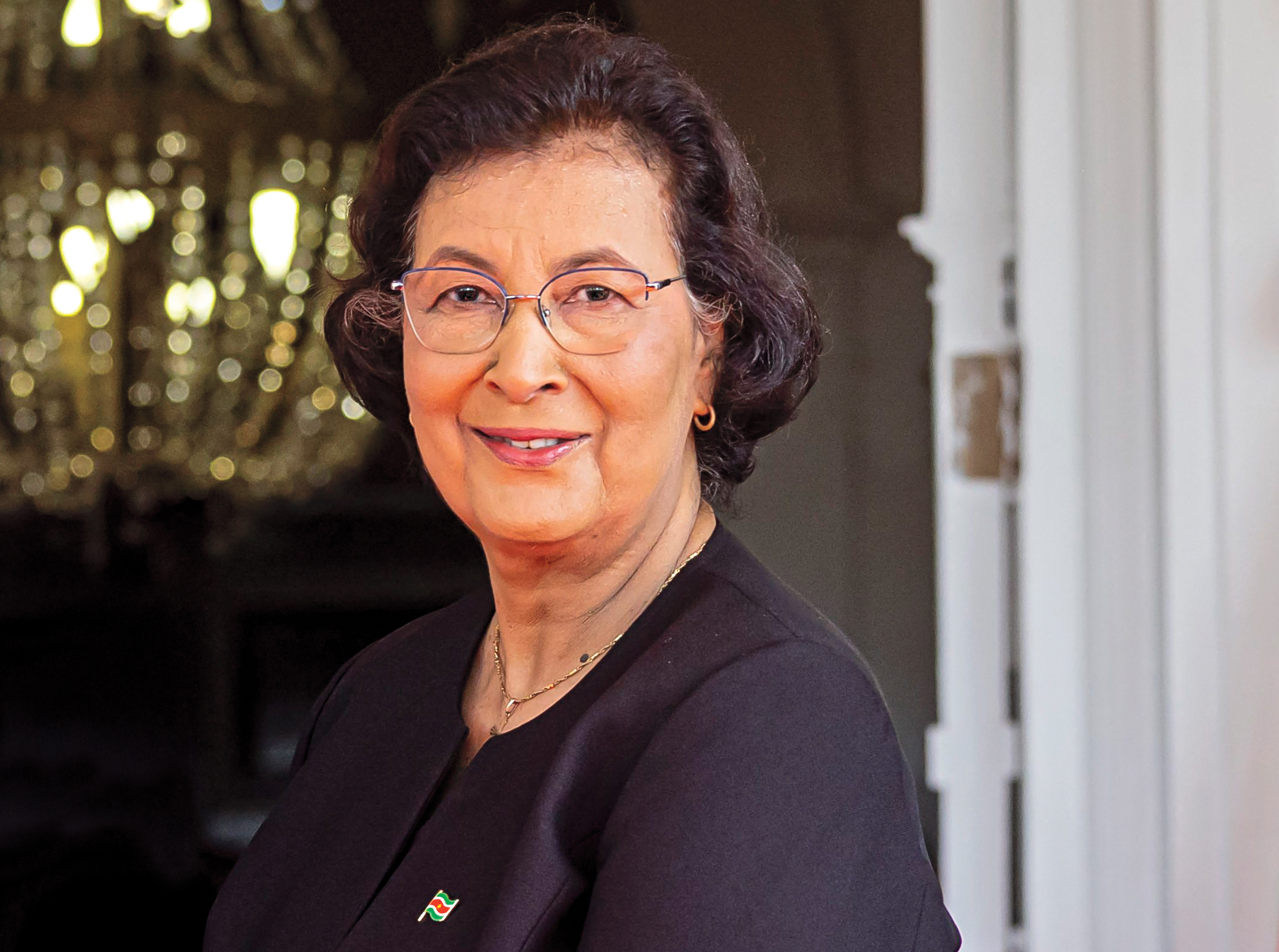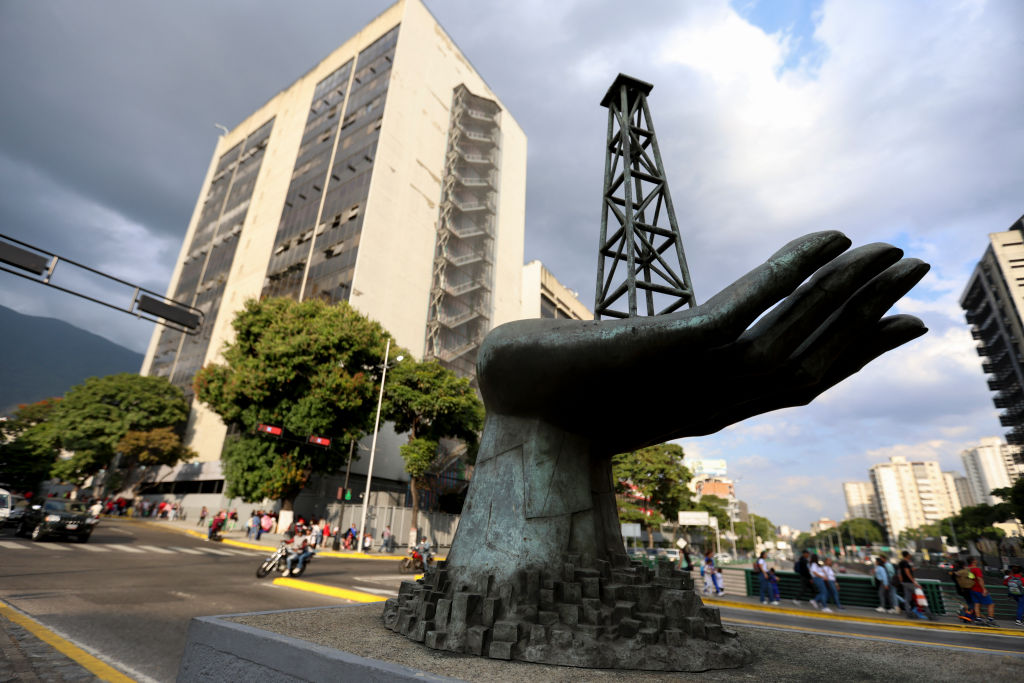Mining Conflict Tests Peruvian President’s Mettle
Mining Conflict Tests Peruvian President’s Mettle
Protests against Peru’s largest mining project could impact President Ollanta Humala’s mission to attract foreign investment to help fund social inclusion programs.
Updated November 30, 2011 - On November 24, some 10,000 residents of the Cajamarca region of Peru marched in protest against the gold and copper Conga mine, expressing objections to the project’s potential environmental impact. The following day, demonstrations grew violent as hundreds of protestors clashed with police and a shutdown of roads, schools, and local businesses has been ongoing. The Conga mine, run by American company Newmont Mining, will begin operations in 2015 and counts as the largest mining investment in Peruvian history, with an estimated cost of $4.8 billion and revenues of up to $30 billion over the next 20 years. But residents and local government officials worry proposed artificial reservoirs intended to replace mountain lakes will contaminate the local water supply and jeopardize agriculture. Protestors demand a new environmental impact study, since they claim that the original study performed under former President Alan García was flawed and did not involve consultations with area residents. President Ollanta Humala’s administration has come under fire for how the protests have been handled. On Tuesday, Viceminister of Environment José de Echave resigned, claiming the government “lacks an adequate strategy for dealing with social conflict.” The next day, the government requested Newmont suspend construction on the Conga mine to avoid more violence and attempt a speedier resolution to the crisis. While mining protests are a recurring issue in Peru, the Conga conflict is an early test for Humala as he attempts to navigate a delicate balance between rural Peruvians and foreigner investors.
Though Humala allayed fears he would take a nationalistic stance to foreign investment by adopting a market friendly, centrist approach once in power, the Conga mine conflict challenges his administration’s ability to balance opposing interest groups. Prior to his election, Humala promised Cajamarca residents that he would guarantee clean water in the region, stating: “You can’t drink gold.” But the president has changed tack, claiming that it is possible to have both clean water and gold at the same time. In a November 16 press conference, Humala defended the mine, saying: “It’s an important project for Peru as it will allow us to realize a great transformation and the social inclusion that we offered the Peruvian people.” While he sent a delegation from the executive branch to Cajamarca on Monday to attempt negotiations, Humala is under pressure to visit the region to bring an end to the conflict. He has not yet agreed to go.
Mining protests are a continuing challenge for Peruvian leaders: Garcia’s administration saw up to 250 mining and energy social conflicts, and there are currently around 200 such conflicts throughout the country. Still, given the financial scope of the Cajamarca project and visibility of the protests, a successful resolution to the Conga issue will be necessary if Humala hopes to keep attracting foreign investment, including $40 billion in mining revenues. At the same time, he must make good on election promises to expand benefits for the poor through social inclusion programs such as pensions, cash transfer programs, and wage increases, as well as a new Ministry of Social Inclusion.
The Conga conflict could also have repercussions for the new Law of the Right to Previous Consultation for Indigenous Peoples and First Nations, passed in September and coming into effect in January. The legislation requires the government to consult with “indigenous or native peoples” before approving local mining or energy projects. But the law only applies to new mining projects—Conga was approved prior to the legislation’s passage—and does not specify what qualifies a person or group as indigenous. Once the law is in effect, the government must decide which projects and groups the law will apply to. The Humala administration hopes to reach a consensus on the law’s implementation through meetings with stakeholders next year. Government officials, indigenous community groups, and private sector representatives will decide on regulations for the consultation law. But some business leaders have raised concerns that rural residents should not qualify as “indigenous,” indicating an uphill battle from the private sector to apply the law. Critics, like the president of the National Society of Mining, Petroleum, and Energy, already expressed opposition to the law’s use in Cajamarca, claiming it only applies to original, native populations and not residents in the area of the Conga mine. This preemptive discussion indicates Cajamarca protestors may try to use the law in their favor, even though the Congas mine was previously approved. How Humala’s administration decides to implement the consultation law will impact mining conflicts throughout Peru and could sway the delicate balance between rural constituents and foreign investors.
Read More:
- Read an AS/COA Online News Analysis of Ollanta Humala’s first hundred days in office.
- Read an article from Americas Quarterly on Chinese mining practices in Peru.
- See photos of the Cajamarca protests from The Globe and Mail.
- Watch a video of President Humala’s campaign promises in Cajamarca.
- Review the full text of the Law of the Right to Previous Consultation for Indigenous Peoples and First Nations.








